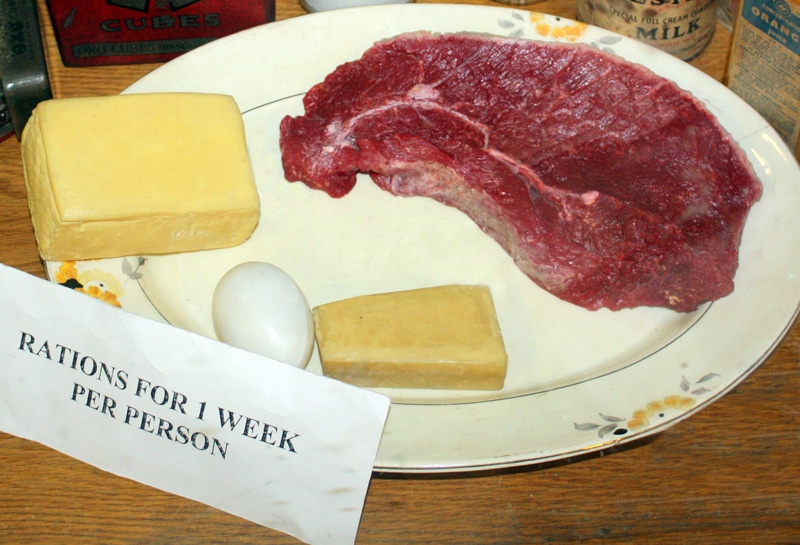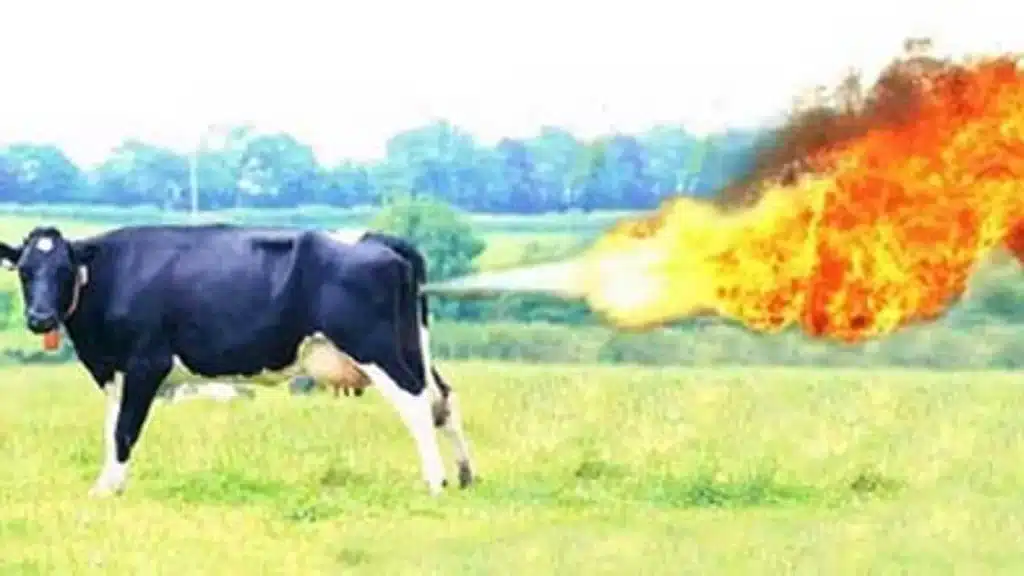Introducing The LIE That “The vast majority of food that is contributing to our emission crises lies in meat and dairy products.”
New York to Track Residents’ Food Purchases and Place ‘Caps on Meat’ Served by Public Institutions
Brenda Baletti, PHD with Children’s Health Defense writes:
New York City will begin tracking the carbon footprint of household food consumption and putting caps on how much red meat can be served in public institutions as part of a sweeping initiative to achieve a 33% reduction in carbon emissions from food by 2030.
Mayor Eric Adams and representatives from the Mayor’s Office of Food Policy and Mayor’s Office of Climate & Environmental Justice announced the new programs last month at a Brooklyn culinary center run by NYC Health + Hospitals, the city’s public healthcare system, just before Earth Day.
At the event, the Mayor’s Office of Climate & Environmental Justice shared a new chart to be included in the city’s annual greenhouse gas inventory that publicly tracks the carbon footprint created by household food consumption, the Gothamist reported.
The city already produced emissions data from energy use, transportation and waste as part of the annual inventory. But the addition of household food consumption data is part of a partnership that London and New York launched with American Express, C40 Cities and EcoData lab, Commissioner Rohit Aggarwala from the NYC Department of Environmental Protection announced at the event.
Aggarwala — who founded Google smart city subsidiary Sidewalk Labs — celebrated the expanded data collection as forging “a new standard for what cities have to do” and a new way to shape policy.
He said the inventory also will measure greenhouse gas pollution from the production and consumption of other consumer goods like apparel, whether or not those items are made in New York City. It also tracks emissions tied to services like air travel and healthcare.
But Adams’ presentation at the event focused on food consumption, particularly meat and dairy.
“Food is the third-biggest source of cities’ emissions right after buildings and transportation,” Adams said. “But all food is not created equal. The vast majority of food that is contributing to our emission crises lies in meat and dairy products.”
[fyrebox oid=”pNvEGJVD0″ gid=”OgAAdEzd7″]












